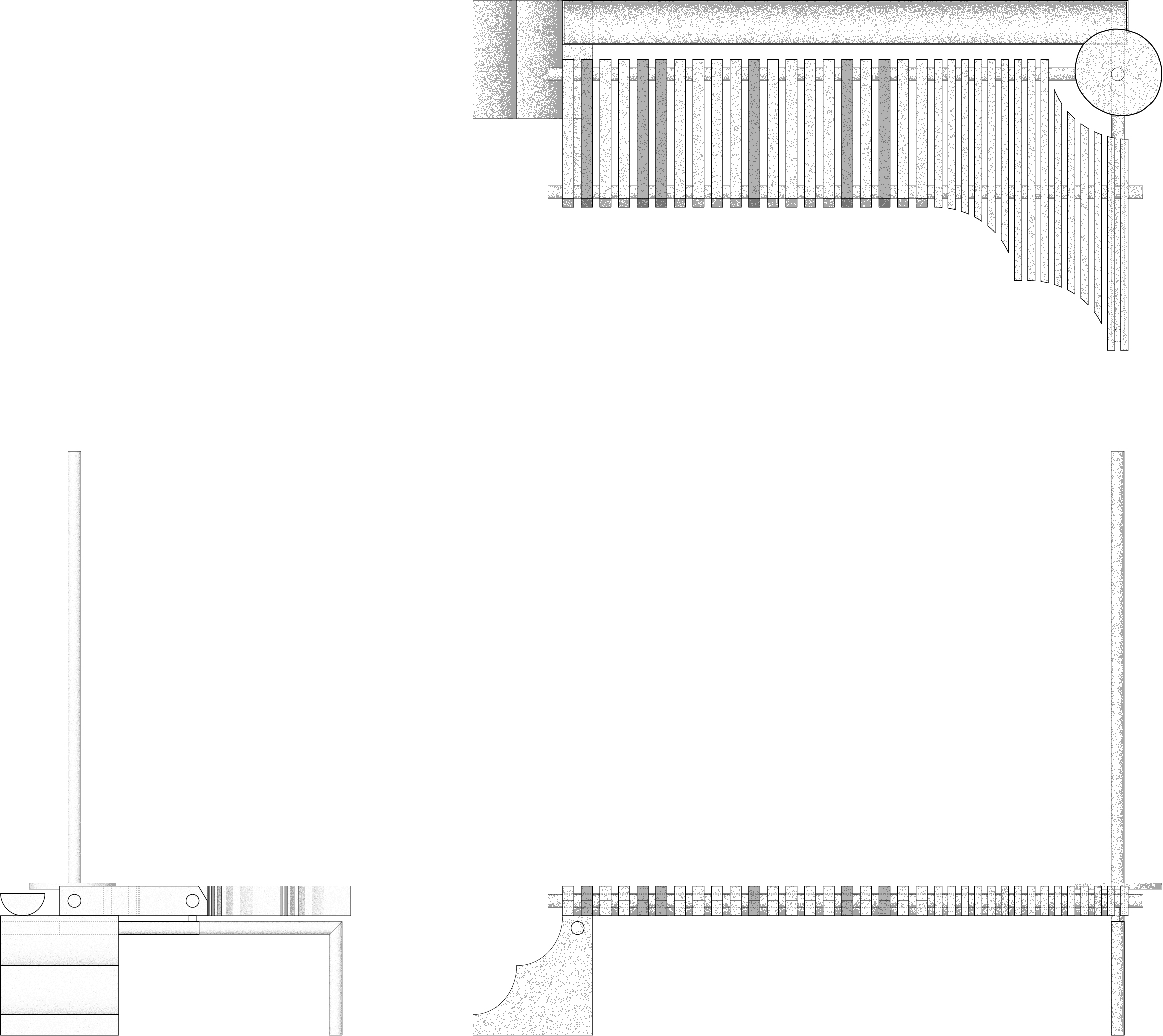for
Open Call
2022
–
a bench for bute
This proposal considered the bench as a point of condensed time and communion with others and environments. Through its basic repositioning and orientation of the body, the bench has a potential to generate new relationships both physically and culturally between sitter and place.
The park-bench has commonly come to site people within specific bounded relationships to ‘nature’–particularly through the lens of leisure and within the context of ‘well-being’ culture and the ‘healing-power’ of the natural world. However, engagements with the non-human are often sites of historical persectution. Throughout periods in time and culture, to be in commune with the land was to become a channel for evil; a window to the other-wordly.
The 17th centruy seen witch trails carried out across Scotland, including on the Isle of Bute. Between 1661-62, the Parish of Rothesay saw six woman accused and tried for witchcraft. Some of the evidence used against these woman weaponised their localised and traditional knowledge of surrounding environments for medicinal use of natural plant-based remedies.
The design articulates a series of materials abstracting the architectural language of nearby Stuart House–in particular its formation of openings between spaces as portals. Six charred timber sections offer a quiet memorial to the trials. As an assemblage, the bench encourages a deeper engagement with specific and wider histories of ecology, mythology, time and oppression on the Isle.
